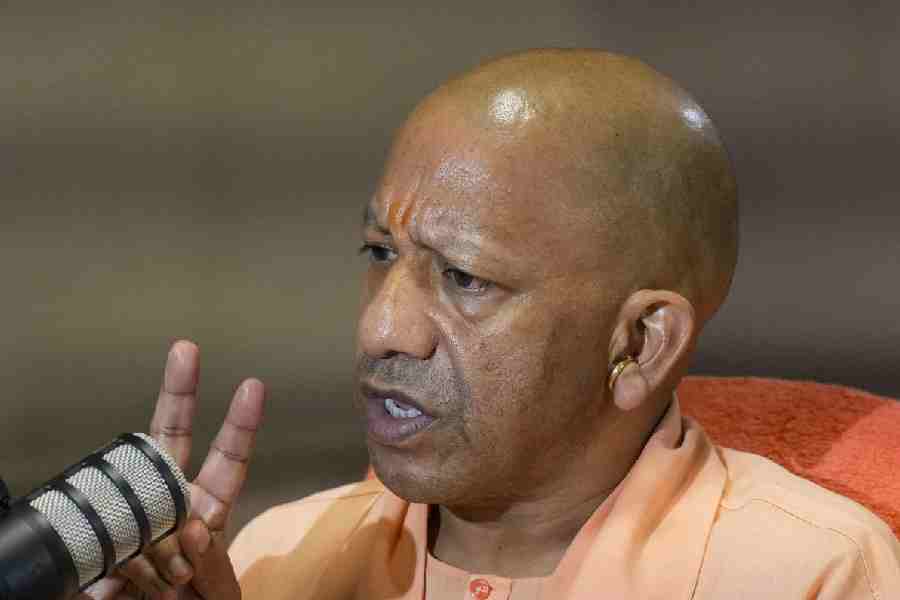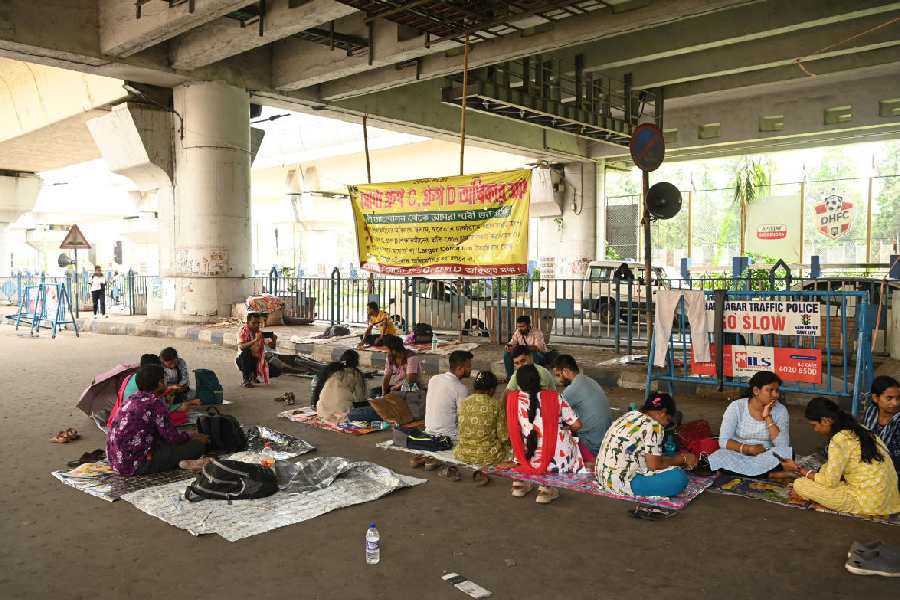Shillong: Studies are being carried out in the North Eastern Hill University (Nehu) by using geophysical techniques to prepare Meghalaya for seismic disaster resilience.
Professor of geology and head of Nehu's department of environmental studies, Devesh Walia, said this on Saturday at the three-day 83rd annual meet of the Indian Academy of Sciences that began on Friday.
Around 165 scientists, besides researchers, are participating in the meet which features symposia, lectures and talks by academy fellows, associates and eminent personalities.
Walia gave a presentation on "Earth science of the Northeast" with reference to study on active tectonics of the Shillong plateau.
Though Meghalaya lies in seismic zone V, which is prone to earthquake, Shillong and its suburbs in particular have witnessed rise of concrete buildings, including skyrises.
Meghalaya has witnessed a number of earthquakes, including the one on June 12, 1897 that killed nearly 1,500 people and left hundreds injured. Heavy damages were reported in most parts of Meghalaya and Assam.
Walia said the Shillong plateau region demarcates the intra-continental collisional tectonic. The earthquake potential of Shillong and its adjoining area is enormous as the plateau is surrounded by the "main boundary thrust" to the north, Jamuna fault to the west, Dawki fault to the south, and Kopli fault to the east.
"With increasing vulnerabilities, the risk due to seismic hazard is increasing. To prepare the area for seismic disaster resilience, studies are being carried out in Nehu by using various geophysical techniques such as megnetotellurics, seismology radon studies and global positioning system to ascertain the zones where the stresses are being built up and hence the chances of seismicity are increasing," Walia said.
Walia said the Shillong plateau is tectonically very active due to its collision with the Tibetan landmass in the north and the Shan-Tenasserim highland in the east.
"The seismicity due to active tectonics poses a rapidly-growing threat to survival and sustainable development of our civilisation. Today, a single earthquake may claim a million lives, cause material damages, raze a megacity, trigger a global economic depression, render a large territory uninhabitable and destabilise the military balance in a region.
Walia said they also planned to carry out seismic study around Lurniang to find out the possibility of occurrence of reservoir-induced seismicity due to the Myntdu Leshka hydel project.
The project, generating 126MW, is close to the Dawki fault in West Jaiñtia Hills district.










